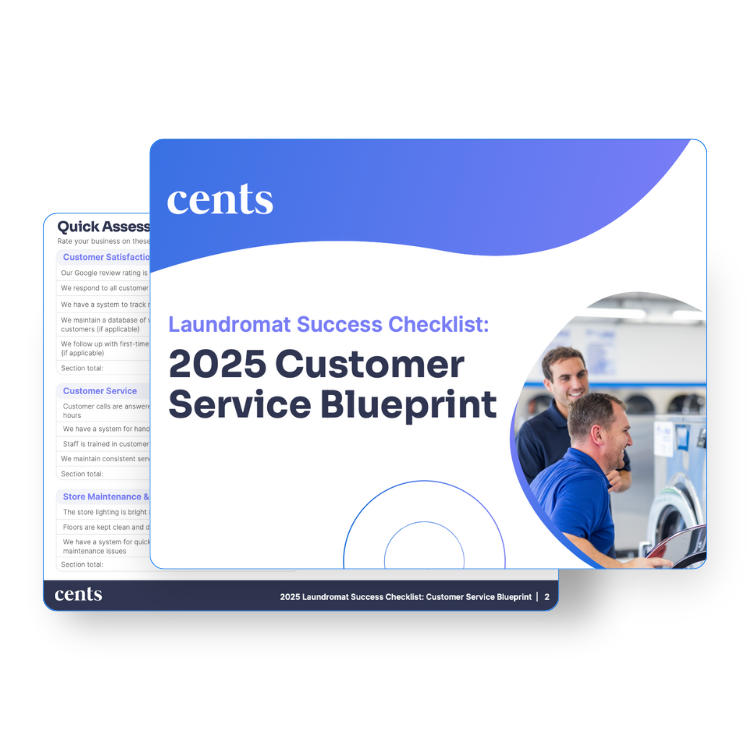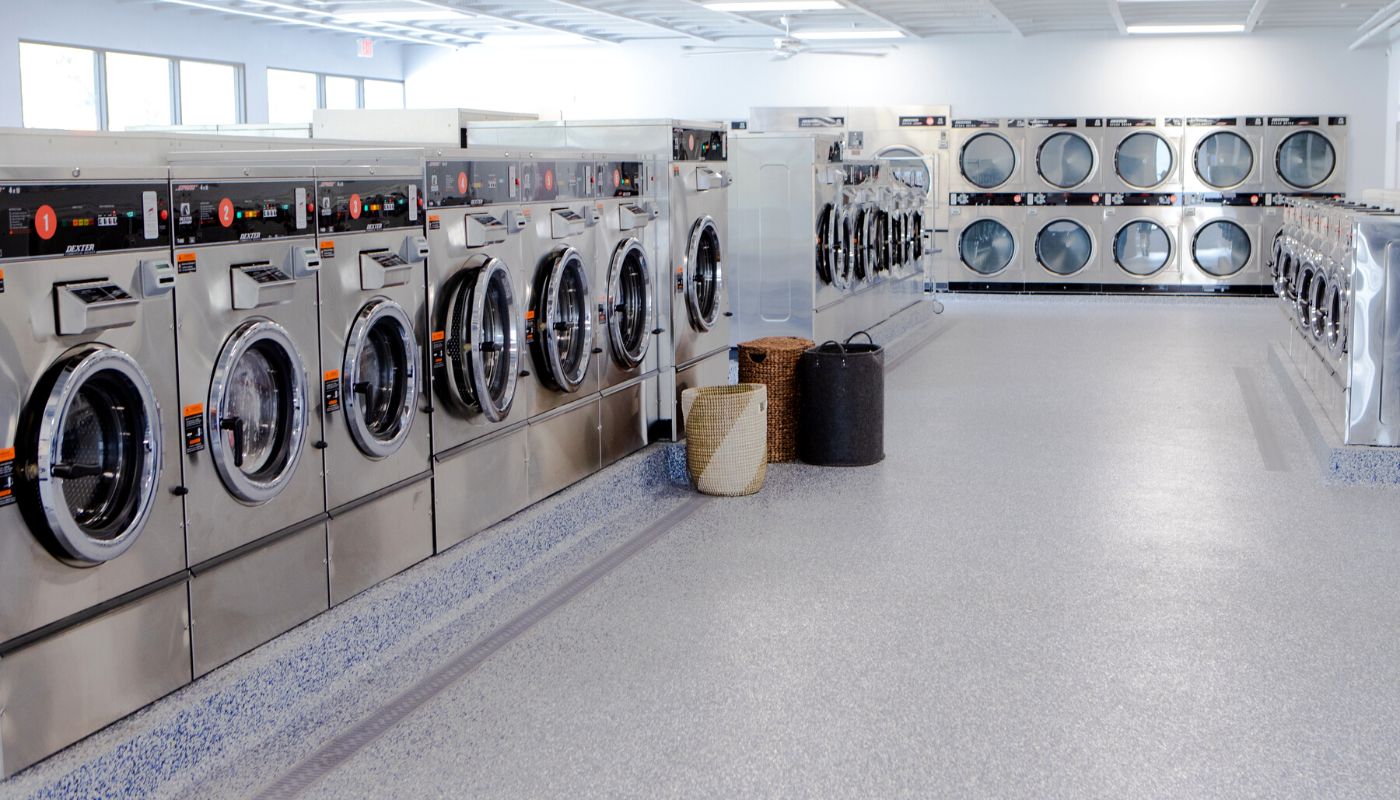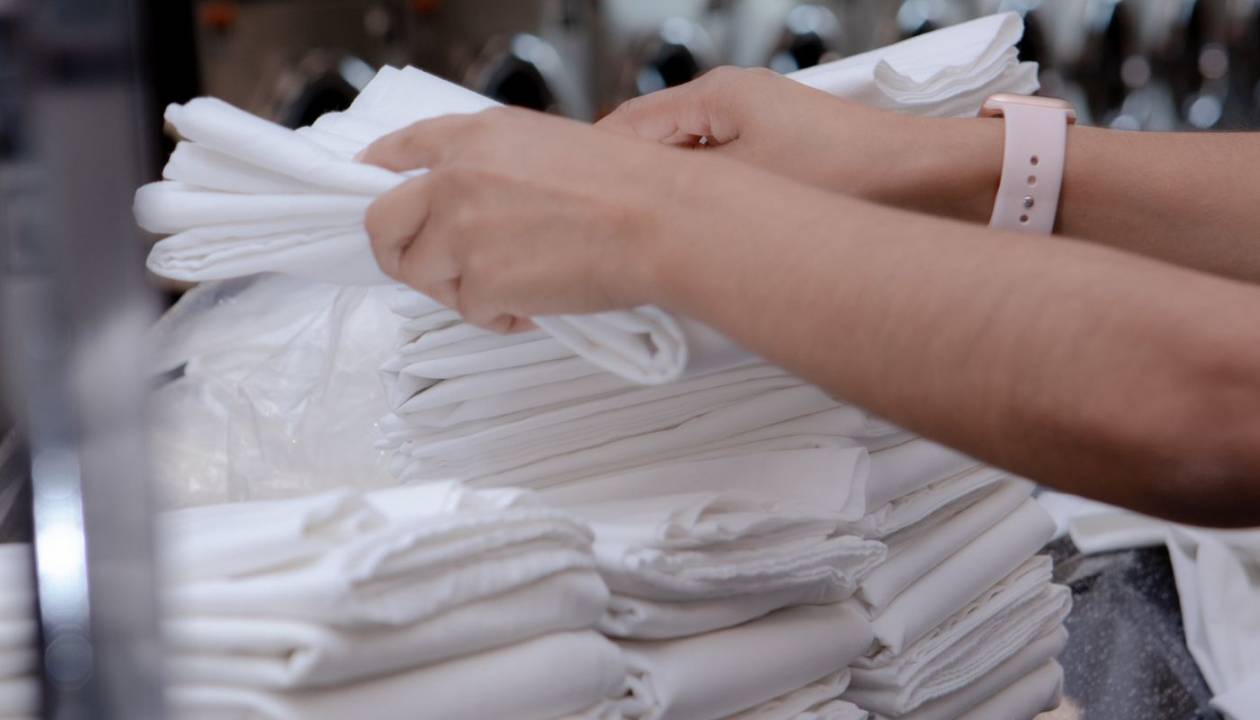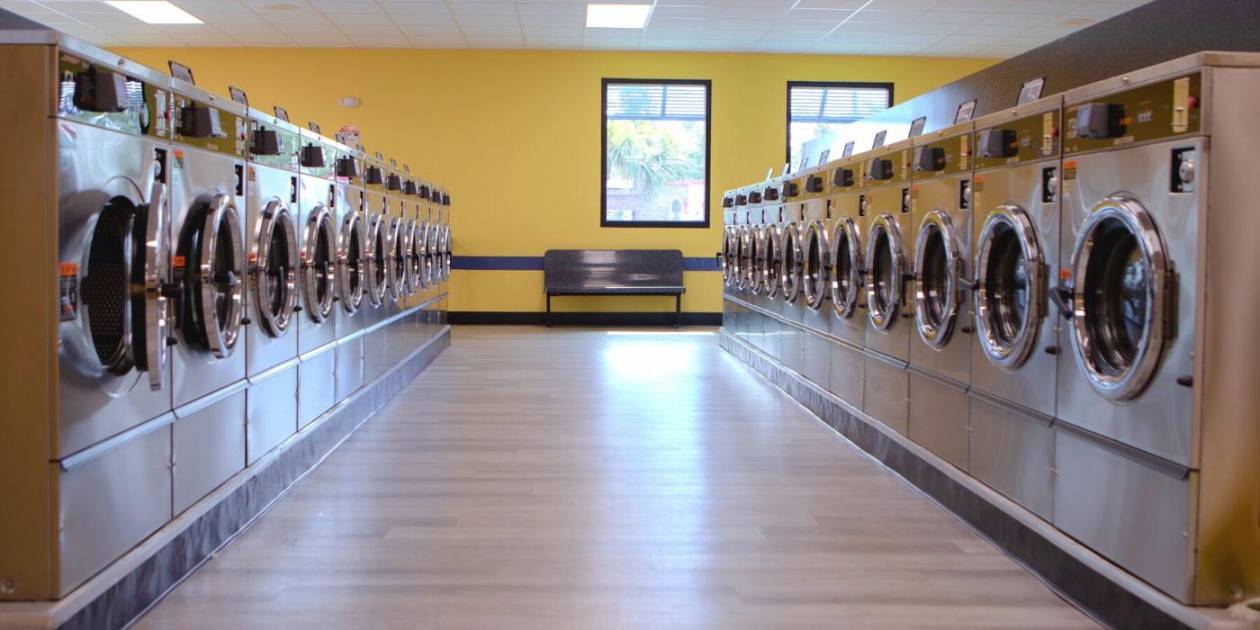How to start a laundromat business: choosing your focus
Step one is deciding to start a laundromat business. Congratulations! You're off to a great start.
All jokes aside, starting a laundromat business can be daunting. There are usually established laundromats already existing in your community (unless you're really lucky), and that makes breaking into the market difficult. To get past this problem, you need to decide what service(s) your laundromat will focus on. From there, you can work on carving out a niche in your community.
Setting your new laundromat up for success
Before diving into the different types of laundromat businesses, ask yourself these two either/or questions:
-
Are you looking to create a laundry business that you can eventually sell, or do you plan on running a laundromat as a passive income stream?
-
Do you want to be involved in the day-to-day operations of your laundromat, or would you prefer to be more hands-off?
Once you figure out the answers to these questions, take a look at the different ways you can structure your business. Remember that this is a starting point. Later on, you can always add unique services to your business to make it really stand out.
Structuring your laundromat business
1. Self-service
 The self-service laundromat model is the most traditional and simplest way to run a laundromat business. Customers bring their laundry, wash it themselves, and then dry and fold it.
The self-service laundromat model is the most traditional and simplest way to run a laundromat business. Customers bring their laundry, wash it themselves, and then dry and fold it.
Self-service laundromats typically have a lower operation cost than full-service laundromats, as they require less staff and overhead. Keeping employee payroll to a minimum is a big factor in keeping ongoing expenses low. They are also generally easier to operate, as there is no need to coordinate drivers or manage pick-ups and drop-offs.
2. Wash-dry-fold
The Wash Dry Fold model is similar to the self-service model, except that the business offers to wash, dry, and fold the laundry for the customer.
This can be a more convenient option for customers since they don't need to wash their laundry and spend time at the laundromat. However, it requires more staff and overhead, as the business owner needs to hire employees to wash, dry, and fold the laundry. Learn more about getting started with wash and fold services from our whitepaper on the topic.
3. Combination: self-service and wash-dry-fold
A combination of the self-service and wash-dry-fold models is a popular option for laundromat owners. Customers can choose to wash their own laundry or have the business wash it for them.
This provides customers with more flexibility and convenience, as they can choose the option that best suits their needs. Providing a higher level of convenience also allows the business owner to charge more for the wash-dry-fold service, increasing the average profit margin.
4. Pickup and delivery
The pickup and delivery model is a newer option that is becoming increasingly popular. Customers can choose to have their laundry picked up from their home or office and delivered back to them when it is finished.
Pickup and delivery is all about convenience. Customers don't need to leave their homes or offices to drop off their laundry and it allows business owners to charge more for the service. In most cases, customers will pay a premium for convenience.
5. Combination: wash-dry-fold and pickup and delivery
 The wash-dry-fold and pickup and delivery model is similar to the more basic combination model, except that it includes pickup and delivery services.
The wash-dry-fold and pickup and delivery model is similar to the more basic combination model, except that it includes pickup and delivery services.
If you already are doing the hard work of running a wash-dry-fold business, getting a software system for pick-up and delivery to help manage your orders could help streamline processes and improve efficiency at your business.
Software to support new business operations
Pickup and Delivery Software
Cents offers a network of dispatch options to fit your needs. Whether that is low commitment on-demand delivery or detailed route management with the Cents Driver App, there's an option for everyone.
Cents Pickup and Delivery service includes an online ordering page, driver app with optionality to define service zones through geofencing, and integration with the gig economy to efficiently accept, manage, and track pickup and delivery orders.
Point of sale
The Cents POS is a tablet based Employee App used to manage order processing, order tracking, and tasks.
Putting it all together
Now that you know the different types of laundromat business models, it's time to decide which business structure is right for you. Consider your target market, your budget, and your level of involvement before making a decision.
Obviously, it's all easier said than done, but knowing what your business will focus on goes a long way towards helping you make decisions down the line. If you choose to run a pickup and delivery model, for example, you know that you'll need to prioritize items like choosing how to handle deliveries. Having a business plan makes everything more manageable, if not easier.
To learn more laundromat tips and tricks and how Cents can help you run your laundry business, schedule a demo today.
Grow your market, tap into new revenue sources, or update the customer experience. Whether you have one store, multiple stores, or just getting started in the industry, Cents has the one system you need to grow, manage, and understand your business.
.png)

-3.png)











